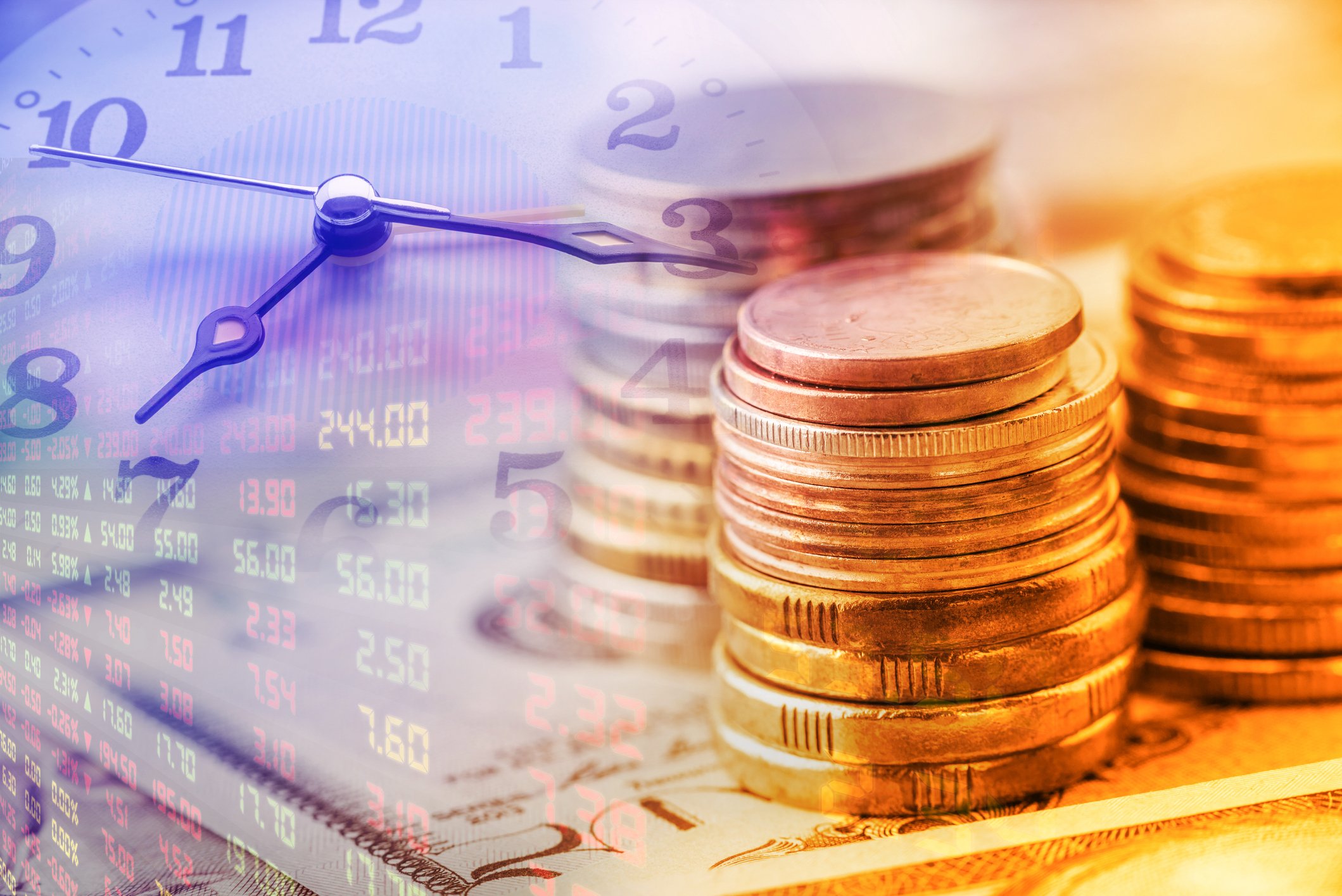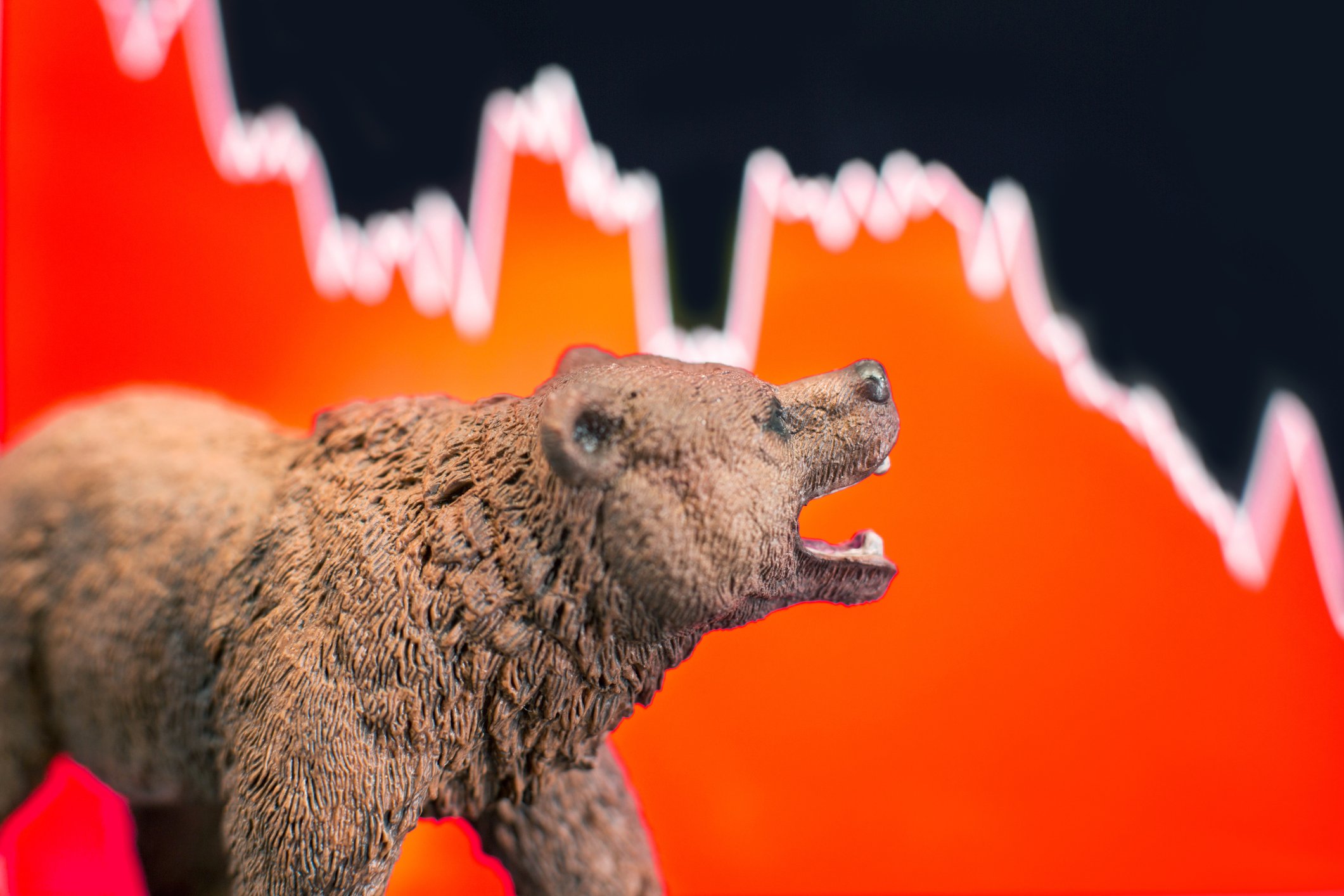It's pretty hard to miss the headlines if you pull up any news site online or watch the news on television: The stock market took a "beating" on Thursday, Feb. 27.
When the curtain finally closed on the volatile session, all three major U.S. indexes logged their largest single-day point declines in history. The technology-heavy Nasdaq Composite dipped 414 points, the benchmark S&P 500 (^GSPC 1.16%) fell nearly 138 points, and the 123-year-old Dow Jones Industrial Average (^DJI 0.47%) sunk 1,191 points. On a percentage basis, the S&P 500's 4.4% stumble marked its largest decline since August 2011.

Image source: Getty Images.
The primary culprit behind this perceived meltdown in the stock market is the spread of COVID-19, the lung-focused novel coronavirus that originated in Wuhan, within China's Hubei province, and has started spreading globally. In total, more than 82,000 cases of the illness have been identified worldwide across 50 countries. But what's particularly worrisome is that new cases outside of China are beginning to outnumber new cases within China, raising fears of a pandemic.
Aside from the obvious threat to human life that COVID-19 brings to the table, the disease-prevention measures being implemented, as well as the emotions/fears of people throughout affected regions, have the potential to seriously impact product and/or service supply chains. In other words, this is just as much a global recession concern as it is a public health concern, which is why the stock market has reacted the way it has this week.
Here's how I handled the Dow's record-setting one-day point decline
So what's an investor to do, you ask?
I'll tell you what I did with my day yesterday. I woke up around the market open, which is a pretty incredible feat since I'm both a West Coaster and a true night owl, and I entered five limit-buy orders. Three of them were filled during the course of the day. I then went back to sleep because waking up before 9 a.m. PST doesn't happen in my household.
After waking up for good, I fed the dog, played with him a bit, then went out for breakfast (you folks might call it lunch) and my usual Starbucks run. In other words, it was a pretty typical day. It was also a day when I would log my largest single-day unrealized dollar loss in my 21 years of investing.

Image source: Getty Images.
But am I concerned? I'd be lying to you if I wasn't at least the tiniest bit disappointed to see a red number that large next to my daily gain/loss indicator in my portfolio -- but I certainly wasn't concerned. That's because I've come to realize a number of things over more than two decades of investing:
- Reason, logic, and earnings growth drive valuations higher over the long term, while emotions are typically behind the wheel during stock market corrections. There's no sense in trying to validate very short-term moves that sometimes don't match up with the fundamental metrics behind them.
- Percentages are much more powerful than points. Sure, a 1,191-point decline in the Dow is a "wow" factor, but a 4.4% decline doesn't even come close to cracking the 20 largest single-day percentage slides in the Dow's history. As valuations expand over time, daily moves in all of the major U.S. indexes should widen, as well. Adjusting your thinking to take percentages into account instead of points can be very powerful and incredibly relieving.
- All 37 official stock market corrections (i.e., a non-rounded decline of at least 10% from a recent high) in the S&P 500 since the beginning of 1950 have eventually been put in the rearview mirror by bull market rallies. If you buy and hold high-quality companies over long periods of time, you tend to come out on top.

Image source: Getty Images.
Be mindful of how you buy stocks during periods of correction and heightened volatility
There are two additional things I chose to do yesterday that I believe are strongly worth mentioning. One, as noted, I used limit orders to purchase all three stocks. Since emotions tend to drive short-term trading during times of correction, using limit orders is a must. This way, you can avoid any wild surprises that might be associated with a market order. And yes, when Motley Fool trading disclosures allow for it, I'll discuss what I purchased in a later article.
Secondly, I did not dip into margin to make these purchases, but rather used cash I had at the ready. As famous British economist John Maynard Keynes once said, "The market can stay irrational longer than you can stay solvent." Don't try to play a short-term guessing game -- only invest with capital you have and that you're willing to lose.
All in all, yesterday was just another day, albeit with more attractive stock valuations when it came to a close.






